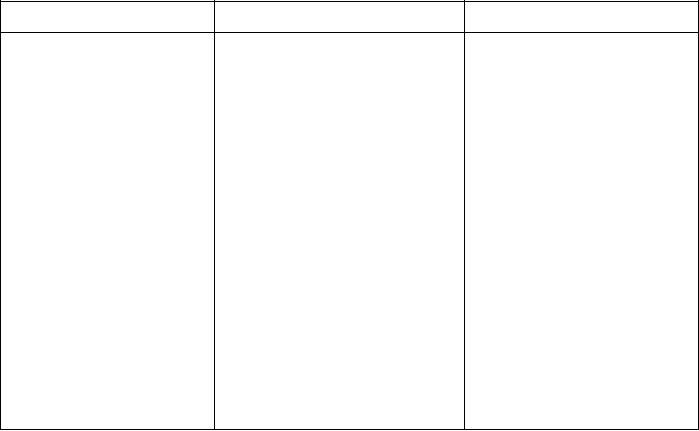
thereby moving the control rack inward. To decrease
upward when the screwdriver is removed. If it does not
fuel injection, loosen the inner adjusting screw slightly
return to its original position, it is too loose. If the rack
and tighten the outer screw, which moves the control
becomes tight before the full travel, it is too tight. In
rack outward. In making these operating adjustments,
either case, readjust to obtain the proper feel.
never turn the adjusting screws more than one-fourth
Once the rack is adjusted for the rear injector, begin
turn at a time. If one injector is adjusted too far out of
adjusting the next injector forward. Once it is adjusted,
line with the others, it will prevent the full travel of the
go back to the last injector and check it again. Continue
racks and reduce the maximum power of the engine.
working forward using this method of rechecking the
Do not attempt to obtain a smooth running engine
previously adjusted injectors until all are properly set.
by changing control-rack settings without first timing
Lastly, check the rack for free movement from mini-
and equalizing injection in the recommended manner.
mum speed position through maximum speed position
without an increase in effort toward the end of the
TROUBLESHOOTING
travel.
When calibrated injectors are used, the manufac-
Diesel engines have higher compression pressures,
turer's method of equalizing racks should be followed.
compression temperatures, and compression ratios than
It may be necessary to make these adjustments several
gasoline engines; therefore, diesel engines must be of a
times before the engine runs just right.
heavier and stronger construction. Even with stronger
Sometimes smoother engine operation can be
built engines, good servicing, and maintenance, the
obtained by making slight changes to the equalizing
diesel engine develops malfunctions. When these mal-
adjustments after the engine is warmed to operating
functions occur, troubleshooting must be performed to
temperatures (above 140F). For example, one cylinder
locate the cause so corrective action can be taken to get
may not be carrying its share of the load as indicated by
the engine back to its top performance.
a comparatively cooler cylinder. Its control rack,
Some of the test equipment and troubleshooting
therefore, should be adjusted for more fuel. A slight
practices and procedures used on gasoline engines may
knocking noise from another cylinder would indicate
also be used on diesel engines, but some of the systems
an adjustment for a slightly smaller amount of fuel.
require special test equipment and different trouble-
To increase the amount of fuel injected, loosen the
shooting practices and procedures. Table 4-1 lists a few
outer adjusting screw and tighten the inner screw,
Table 4-1.--Diesel Engine Troubleshooting Chart
TROUBLE
PROBABLE CAUSE
REMEDY
ENGINE STARTING
Engine does not rotate.
Starter/transmission binding.
Repair starter or transmission.
Engine seized.
Replace engine. (Refer to QEC in-
structions.)
Starting motor does not crank Batteries discharged.
Test battery cells. Service or re-
the engine.
place as required.
Loose or corroded electrical con-
Clean dirty or corroded connec-
nections.
tions. Tighten connections.
Defective control switch, starting
Refer to wiring diagrams for cir-
contactor, solenoid switch, or inter-
cuit description and component
lock switch.
location. Replace defective parts.
Battery damage, punctured case, or
Replace battery.
loose terminal posts.
Starter motor brushes worn out.
Repair or replace starter motor.
Starter motor windings defective Replace starter motor.
(shorted or open).
Starter drive assembly damaged.
Replace starter motor.
4-42

